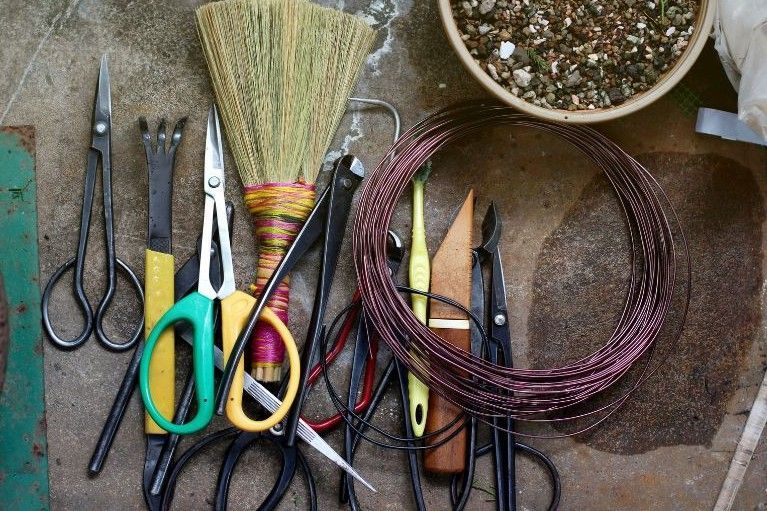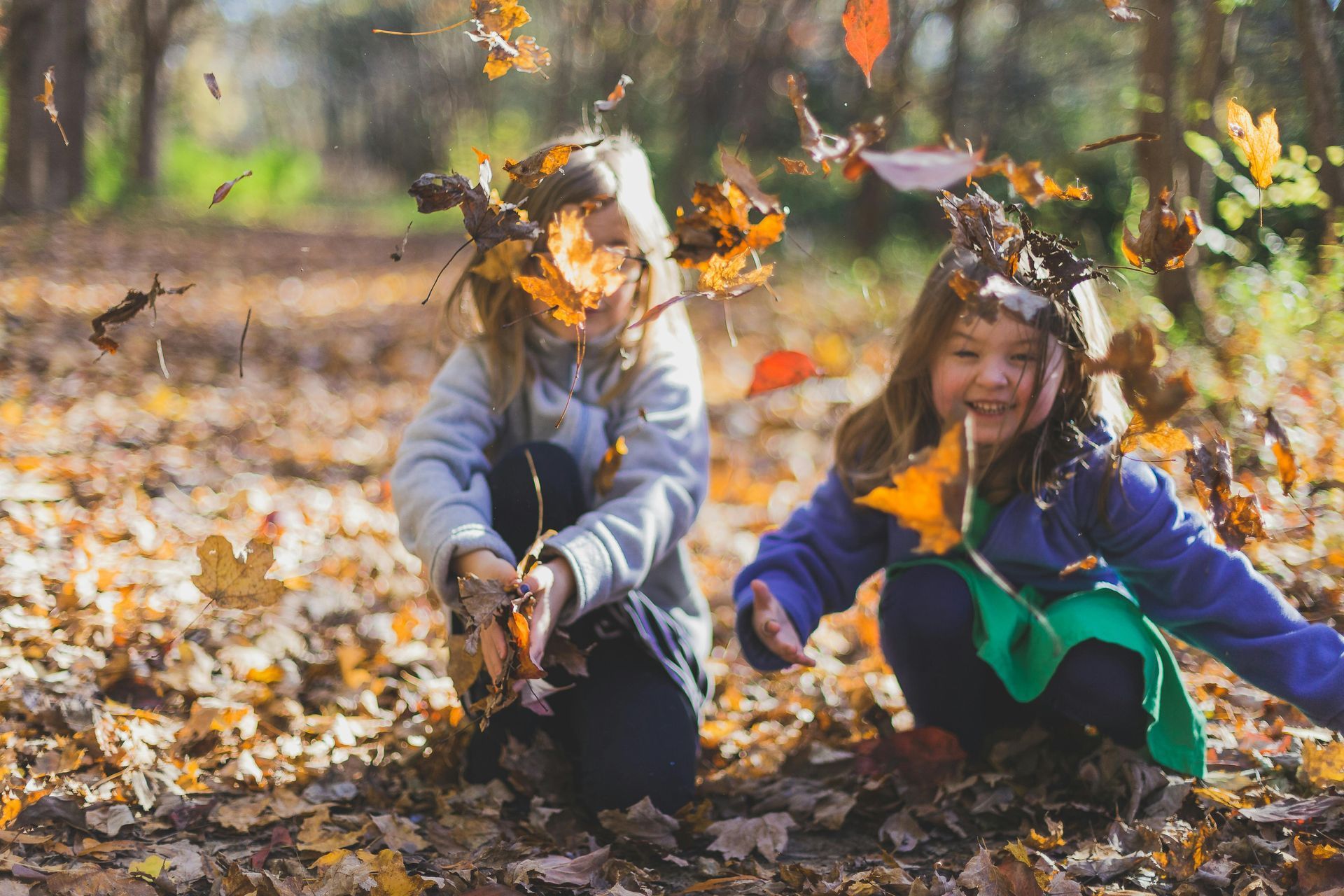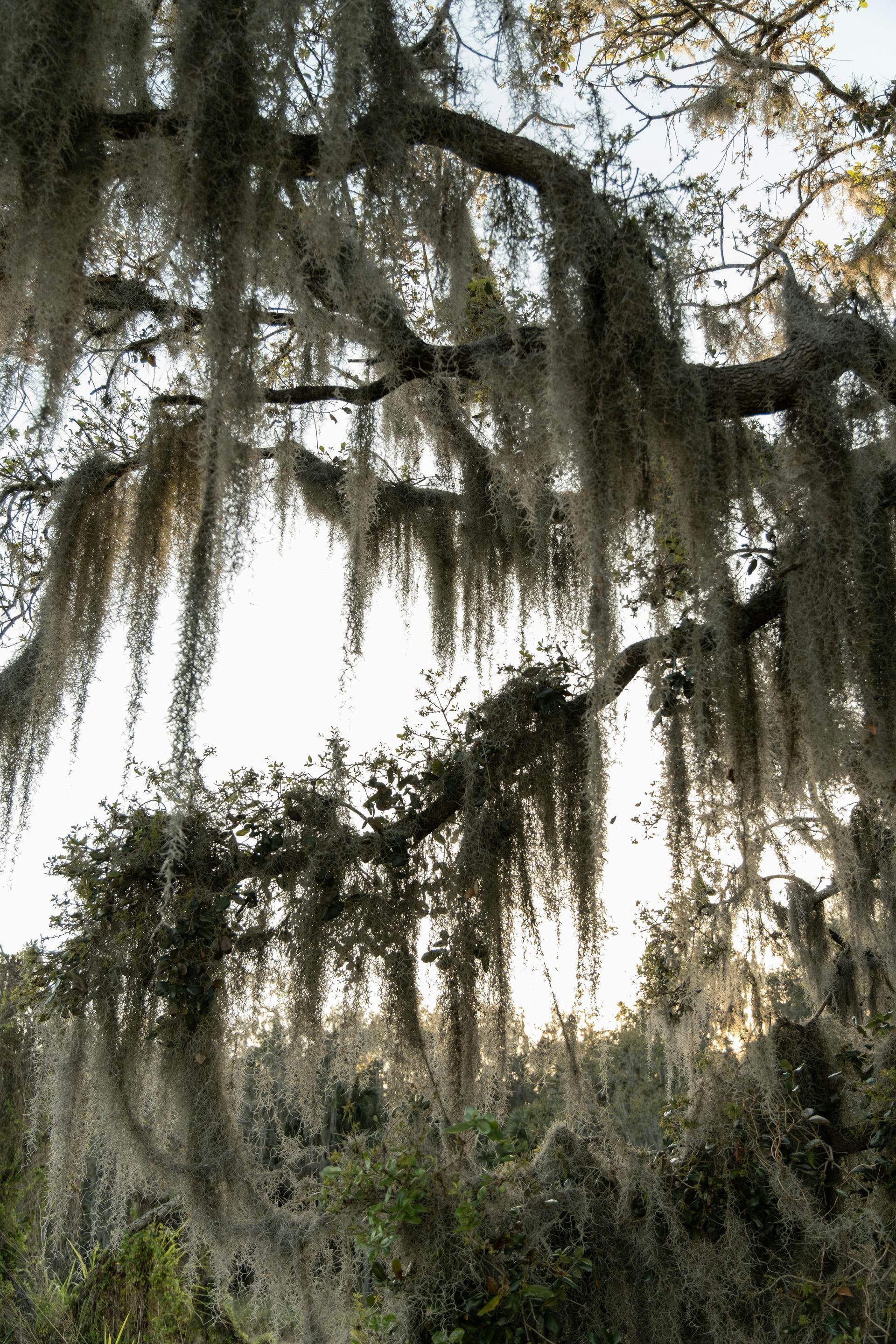Bonsai is an art that mimics, in a controlled and miniature setting
the processes and occurrences in nature. Beyond the basic pruning and wiring techniques, there are advanced methods to add character and interest to your bonsai tree, while still maintaining the idea that a full-sized tree similar to yours exists in the wild. One of these techniques is the development and preservation of dead wood.
Deadwood techniques use specialized methods to create, shape, and preserve the wood on a living bonsai tree to give the appearance of a dead, weathered limb. These techniques are used for both practical and aesthetic reasons but should be used with caution as you could seriously injure or kill your tree.
Deadwood can unintentionally appear on bonsai and full-sized trees alike for a number of reasons, including branch die-back, pest infestation, and disease. However, deadwood can also be an intentional and aesthetic decision. Thus, many enthusiasts incorporate deadwood elements to enhance the appearance, imitate the effects of age, hide defects, or disguise the original trunk after reducing the height of the tree.
Because this is an advanced technique, there are some things you should know before getting started. First, let’s discuss the natural processes that lead to deadwood, and how you can mimic that at home.
Managing the decomposition process of dead wood on a bonsai
In the wild, if a dead limb remains on the tree, it will eventually drop its bark and lose its color in the sun and weather. This takes years before the limb is fully preserved. For bonsai, this natural process is sped up through the use of specialized tools and chemicals. These tools are used to gradually peel the bark from the dead or living limb, and the chemicals are used to bleach and preserve the wood to prevent decay and give it that weathered appearance.
Not all dead wood is created equal. There are several elements that contribute to the decay of wood, and having a basic understanding of how dead wood may decay over the years will help you make the best decision for your bonsai.
There are three factors that cause decomposition of dead wood:
- Mechanical Decay
- Fungal Attack
- Oxidation
Mechanical Decay is associated with the effects of contraction and expansion of dead wood over time. Wood is highly porous and absorbs moisture which then causes lignin to swell, and as the water evaporates, the lignin fibers shrink. This causes the lignin binding to weaken, making the wood more susceptible to infestation and rot.
Insect-related mechanical degradation is another force with the same effect. Insects are drawn to dead wood and begin to bore holes through the branch which weakens the wood and introduces further insect and fungal infestation and rot.
Fungal Decay is one of the primary decomposers of deadwood. Saprophytes are microorganisms that live on dead matter and break down complex molecules. There is no way to prevent deadwood from becoming infected with fungus as fungi are transmitted by spores carried by air and water. Spalting is a process where competing fungi create a wall around their area, which is evidenced by a dark brown or black line revealed after carving. The wood is consumed by the fungi and will leave only powder in their wake.
Trees that resistant to fungal decay: Black Locust, Walnut, White Oak, Cedar, and Black Cherry.
Trees that are susceptible to fungal decay: Aspen, Willow, Silver Maple, and American Beech.
Oxidation is the chemical process whereby atoms lose electrons, which alters the physical properties of materials like metal and wood. There are many ways that wood might come into contact with oxygen, including rainfall, excessive sun exposure, and windy circumstances.
Believe it or not, it is this process that gives the wood that highly desired, beautiful silvery-white hue and can be used to your advantage.
Deadwood Styles
There are five forms of deadwood that can be used to achieve an old, weathered effect:
- Jin
- Shari
- Uro
- Sabamiki
- Tanuki
The most commonly accepted forms of deadwood are Jin and Shari. Jin is the technique of creating deadwood on branches or the tree’s apex. Alternatively, Shari is when deadwood is created on the tree’s trunk. Jin and Shari often occur naturally on evergreen trees such as Junipers. As such, they fit well with evergreen species of bonsai. While these aren’t the only ways to develop deadwood in a bonsai, they are the most commonly used and easiest to achieve.
Tools and Materials
Japanese Bonsai tools are well-known for their high quality (and for their high prices), while Chinese tools provide increasingly better quality for their prices. The black steel of which most tools are made needs more maintenance because it can rust. High-quality stainless-steel tools are even more expensive. Use your Bonsai tools only for the purpose they were made for and treat them well.
Tools you will need are:
Shears – available in many sizes and shapes, they are meant for cutting twigs, smaller branches, leaves, and roots. If the trees in your collection are small Bonsai, don't buy large shears and pliers. There are shears with a wide standard shape, which are strong enough for thicker twigs, and shears with narrower and longer shapes, which make it easier to work in the middle of a dense canopy.
Concave cutters – these are needed for removing branches from the trunk where you want to achieve deep cuts which will heal without leaving a scar. There are concave cutters with straight blades, those with semi-round blades and knob cutters which leave a particularly deepened cut. All these plier types are available in different sizes.
Saws and Knives - when you have to cut branches, trunks or roots which are too thick or too hard for using a plier, you should use a saw. Japanese pruning saws cut when you pull them back towards yourself, don't push them strongly because then the saw blade will bend or break. For smoothing the cuts and wounds left by pliers and saws, grafting knives are most suitable.
Tools for Wiring - If you want to bend branches or trunks, protective measures are advisable to prevent the wood from breaking and the bark from tearing and to help minor cracks heal without risking the branch or trunk to die. The traditional method is to wrap wet raffia tightly around the part to be bent before the wire is applied. Fusing rubber tape or bicycle tube is also suited for this purpose. The rubber tubes help protect the trunks, branches and roots where guy wires are attached. There are special screw clamps and turnbuckles that can help when working with wire.
Some tools for repotting, wiring, bending, and carving Bonsai are:
- Raffia
- Fusing tape/gauze
- Branch/trunk bending lever
- Screw clamp
- Rust eraser
- Disinfectant
- Camellia oil
- Nylon brush
- Brass brush
- Bicycle tube
Some tools for carving and deadwood accessories:
- Dremel 300
- Wood hardener
- Dremel bits
- Carving tools
- Flex cut carving tools
- Angled carving hook
- Pliers
- Branch splitter
- Small loop knife
- Curved scalpel
- Selection of grinders
- Protective glasses
Conclusion
You can use various specialized methods to create, shape, and preserve the wood on a living bonsai tree to give the appearance of a dead, weathered limb. Creating deadwood on a bonsai is an interesting way to give the impression of age and wear, as well as add visual interest and character to your tree. There are many ways to create deadwood and to use it effectively, you need to understand the natural processes and the anatomy of your tree.
The best way to become good at incorporating dead wood into your bonsai is through research, practice, and patience. Most enthusiasts recommend beginning your training on a tree of little value and work up to trees that are older and have been maintained for longer.
Good luck and have fun!










